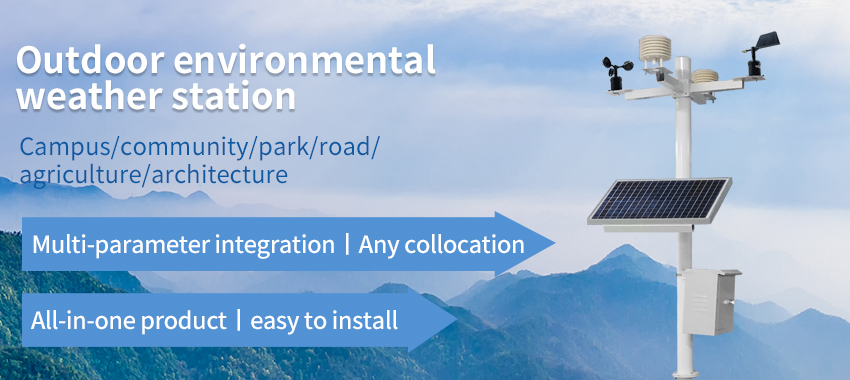Weather Monitoring Systems
Modern technology has revolutionized the way we understand and predict the weather, with weather monitoring systems being the backbone of weather forecasting. Weather conditions, whether mild or extreme, have the potential to cause accidents or pose threats to people’s safety. From heat waves to hurricanes, lightning strikes to snowstorms, monitoring weather is crucial to prevent and minimize hazards.

This article aims to explore the importance of weather monitoring systems in enhancing safety in different domains, such as aviation, maritime, and transportation. It will also discuss the types, features, and benefits of weather monitoring systems, as well as their role in mitigating the effects of climate change.
Types of Weather Monitoring Systems
There are several types of weather monitoring systems, depending on their function, area of operation, and complexity. Here are some of the most common types:

Weather Radars
Weather radars are advanced technologies that use radio waves to detect and track precipitation, moisture, and other weather phenomena in real-time. They can cover large areas and provide comprehensive data on the type, direction, and intensity of the weather, which is crucial for predicting weather patterns and issuing alerts to the public.
Automated Weather Stations
Automated weather stations (AWS) are self-contained systems that collect and store data on ambient temperature, air pressure, wind speed, and other meteorological parameters. They can be deployed in remote areas or in high-risk environments, such as oil rigs or mountain ranges. AWS can transmit data through satellite, cellular, or radio links, enabling researchers to access and analyze it from anywhere in the world.
Satellite Imagery
Satellite imagery is the most versatile and widely used technology for monitoring weather conditions on a global scale. It uses remote sensors to capture and transmit images of the Earth’s atmosphere, oceans, and land surfaces, which can be analyzed to identify weather patterns, track storms, or monitor climate change.
Features and Benefits of Weather Monitoring Systems
Weather monitoring system offer several features and benefits that are essential to enhancing safety and minimizing hazards. Here are some of them:
Real-time monitoring
The ability to track weather conditions in real-time is crucial to issuing timely weather alerts and warnings. Weather monitoring systems can provide up-to-date information on severe weather events, such as thunderstorms or tornadoes, allowing residents to take shelter or evacuate if necessary.
Precise measurement
Weather monitoring systems can provide precise measurements of weather parameters, such as temperature, humidity, or wind speed, which are crucial to understanding weather patterns and forecasting future weather conditions. These measurements can be used to make informed decisions on how to prepare for and respond to weather events.

Early warning
Weather monitoring systems can issue early warnings of potential hazards, such as lightning strikes or flash floods, which enables operators to take precautions and reduce risks. By providing advance notice, weather monitoring systems can help minimize damage and save lives.
Improved safety
The primary benefit of weather monitoring systems is enhanced safety. By providing accurate and timely information on weather conditions, these systems can enable people to make informed decisions and take appropriate action to protect themselves from weather hazards.
Uses of Weather Monitoring Systems in Different Domains
Weather monitoring systems have a wide range of applications in different domains. Here are some examples:

Aviation
Weather conditions have a significant impact on aviation safety, which is why weather monitoring systems are essential for aviation operators. These systems can provide information on visibility, turbulence, and other weather conditions that could affect aircraft operations. Pilots can use this information to plan their flights and make adjustments as necessary to ensure passenger safety.
Maritime
Maritime operations are also heavily influenced by weather conditions, which is why marine weather monitoring systems are crucial for vessel traffic management. These systems can provide data on wind speed, sea conditions, and other parameters that impact vessel safety. For example, these systems can help ships avoid storms, reduce their speed to prevent accidents, and plan their routes to avoid the worst weather conditions.
Transportation
Weather monitoring systems are also critical for transportation infrastructure, such as roads, bridges, and railways.